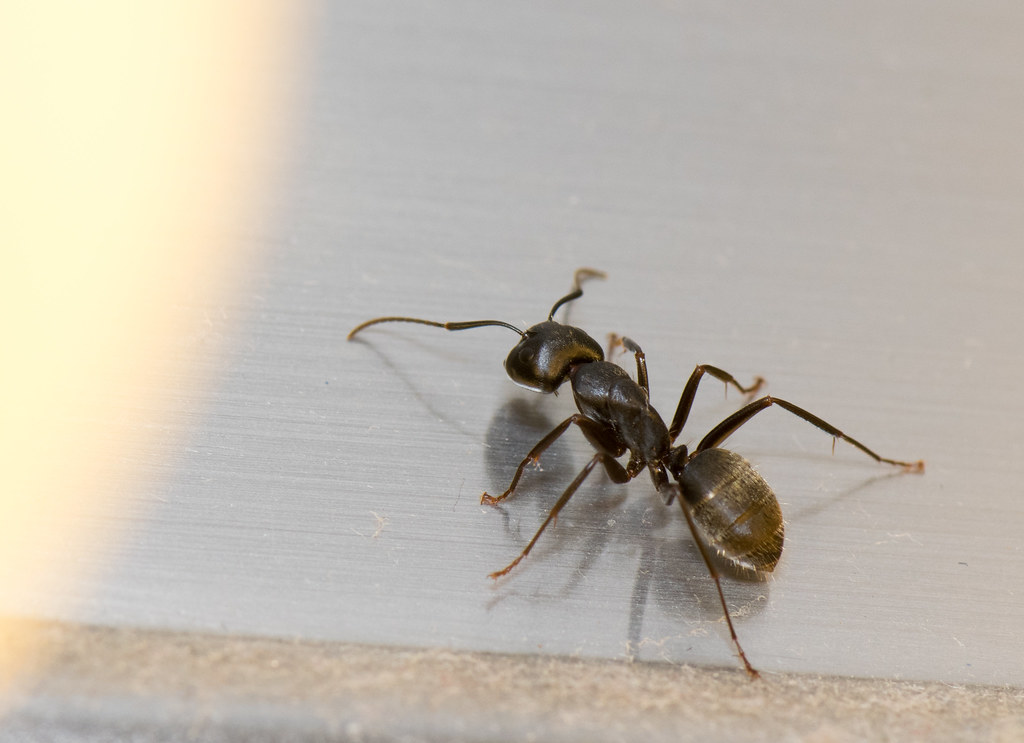Picture this: you’re peacefully brushing your teeth when suddenly you spot a line of tiny intruders marching across your bathroom counter. These aren’t just any random visitors – they’re ants, and they seem to have claimed your bathroom as their personal highway. It’s one of those mysteries that makes you wonder if these tiny creatures have lost their way or if there’s something about your bathroom that’s sending out an all-you-can-eat buffet signal to the ant kingdom.
The Surprising Truth About Ant Bathroom Invasions
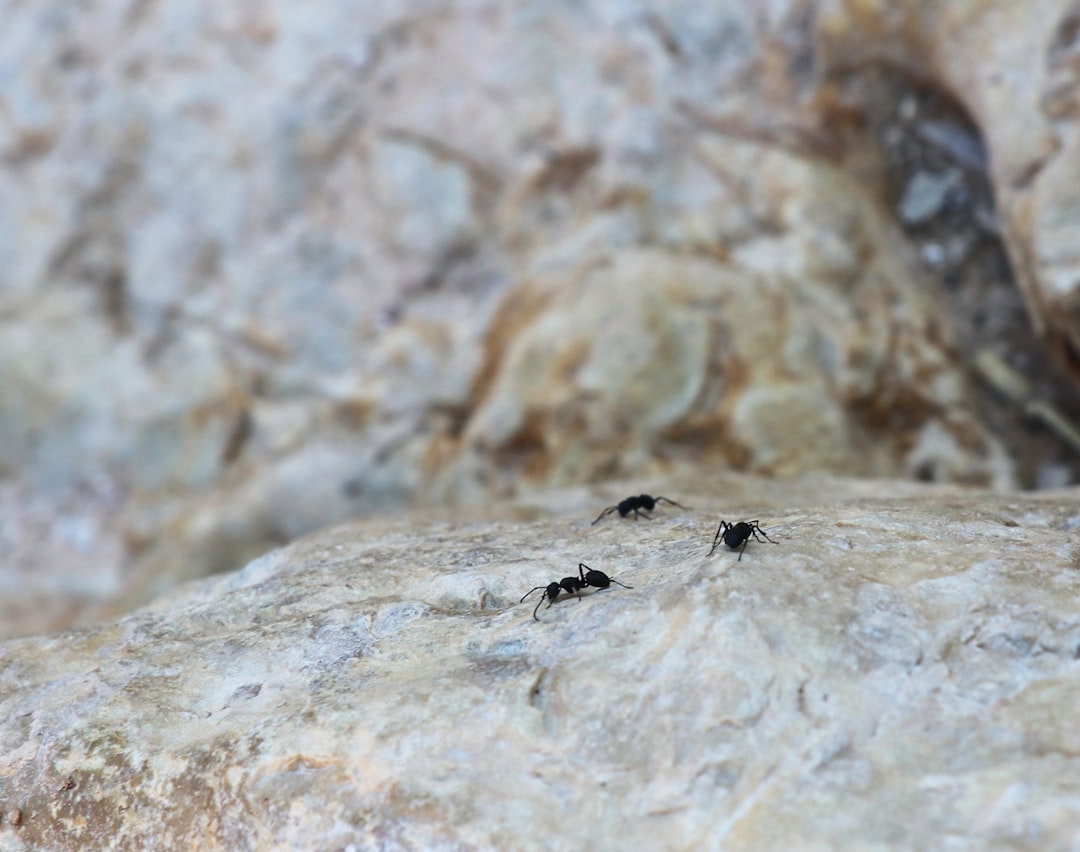
What many people don’t realize is that ants in the bathroom aren’t actually lost or confused – they’re following a very logical survival strategy. Your bathroom offers something that’s absolutely crucial to ant survival: water. Unlike other rooms in your house, bathrooms maintain higher humidity levels and often have water sources that ants can easily access.
These industrious insects have evolved over millions of years to be incredibly efficient at locating resources, and moisture is one of their top priorities. When scout ants discover your bathroom, they’re not just stumbling upon it by accident – they’re actively seeking out the perfect combination of water, warmth, and shelter that bathrooms naturally provide.
Water: The Ultimate Ant Magnet
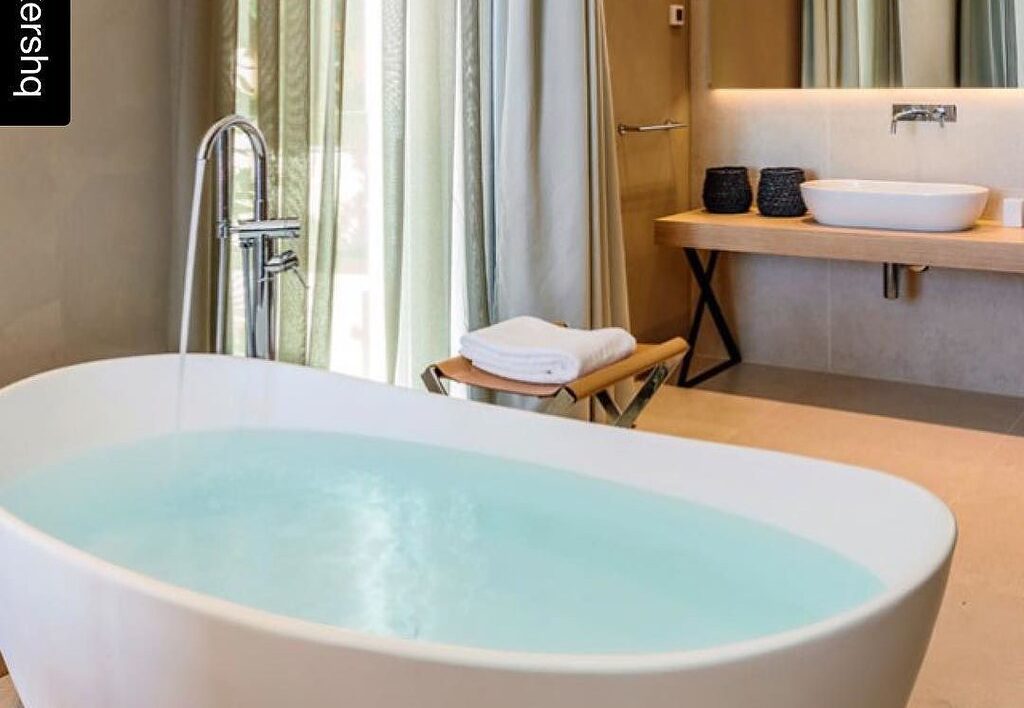
The primary reason ants gravitate toward bathrooms is simple: water is life. Ants need water for drinking, feeding their larvae, and maintaining their colony’s survival. Your bathroom provides multiple water sources that are like oases in the desert for these tiny creatures.
Leaky pipes, condensation around toilets, water droplets on shower walls, and even the small puddles that form around sink bases create perfect drinking stations. Even microscopic amounts of water that you might not notice can sustain an entire ant colony for days. The constant humidity from showers and baths also makes the air itself a source of moisture that ants can utilize.
Hidden Food Sources You Never Knew Existed
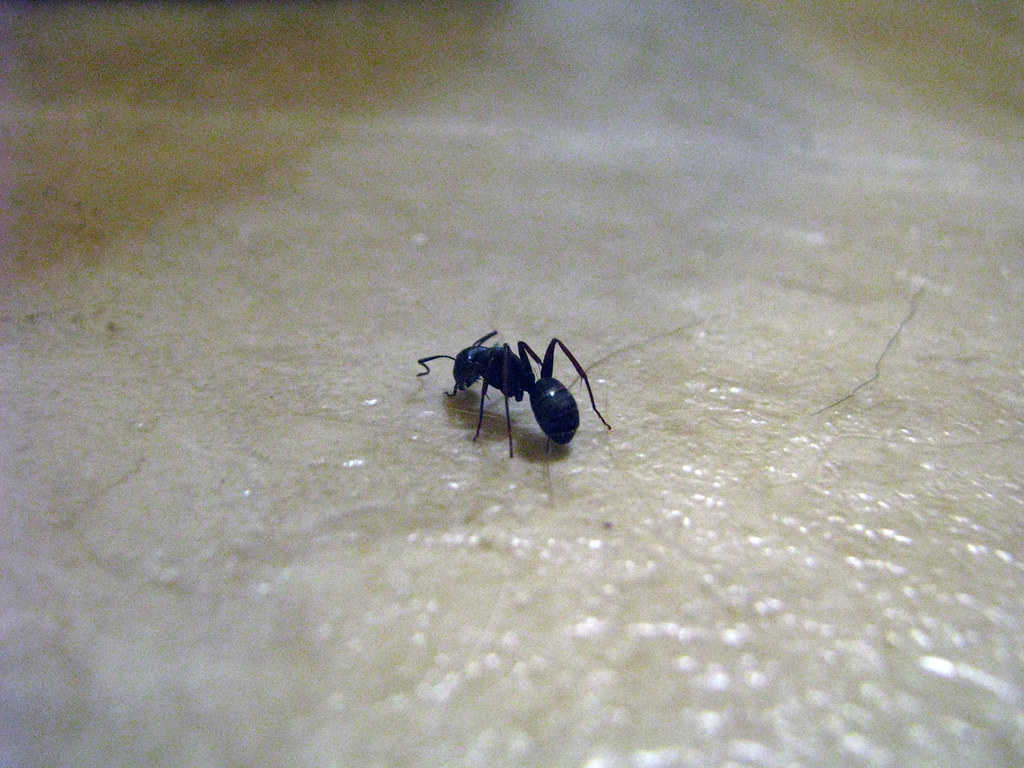
While you might think your bathroom is food-free, ants see it differently. Dead skin cells, hair, soap residue, and toothpaste remnants all represent potential food sources to these opportunistic feeders. The microscopic organic matter that accumulates in bathroom corners and crevices is like a smorgasbord for ants.
Even seemingly clean bathrooms contain traces of proteins and carbohydrates that ants can detect and consume. Soap scum, which often contains skin cells and other organic materials, provides nutrients that ants can break down and use. Your bathroom’s warm, humid environment also promotes the growth of mold and bacteria, which some ant species actually feed on.
The Scent Trail Highway System
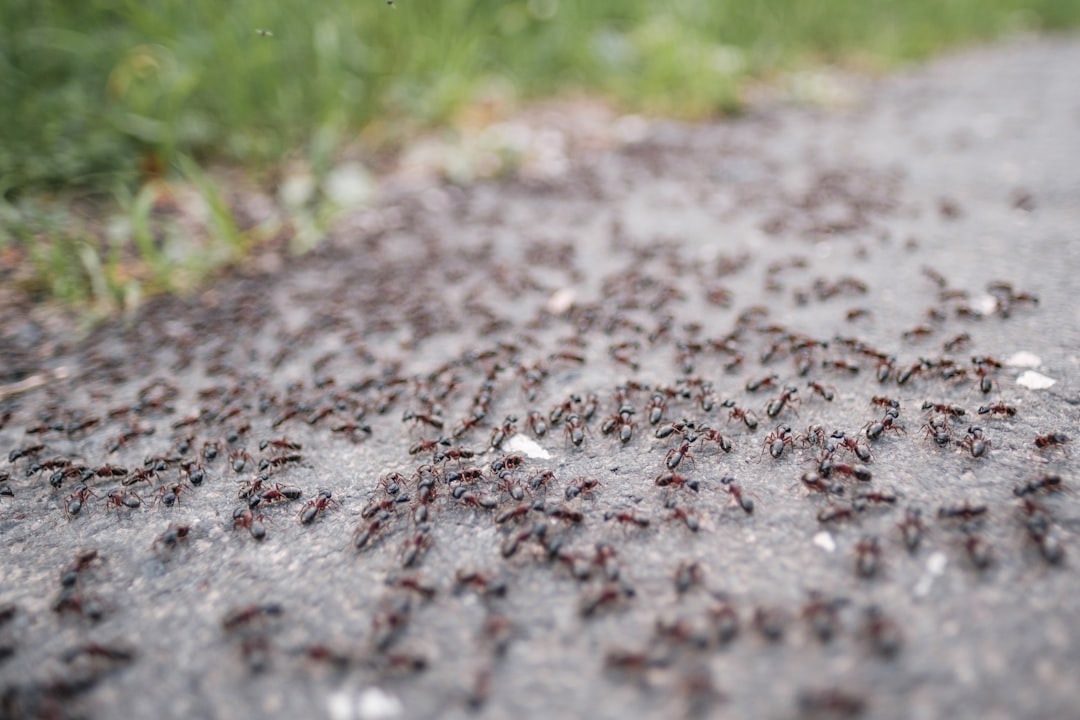
Once ants discover your bathroom, they don’t keep this information to themselves. They lay down pheromone trails – chemical highways that other ants can follow to find the same resources. These invisible pathways are like GPS directions for the ant world, guiding more colony members directly to your bathroom.
The pheromone trails are incredibly persistent and can remain active for days or even weeks. This explains why killing a few ants doesn’t solve the problem – dozens more are already following the chemical breadcrumbs left by their predecessors. The more ants that use a particular route, the stronger the scent trail becomes, creating a positive feedback loop that draws even more ants to your bathroom.
Bathroom Construction: An Ant Paradise
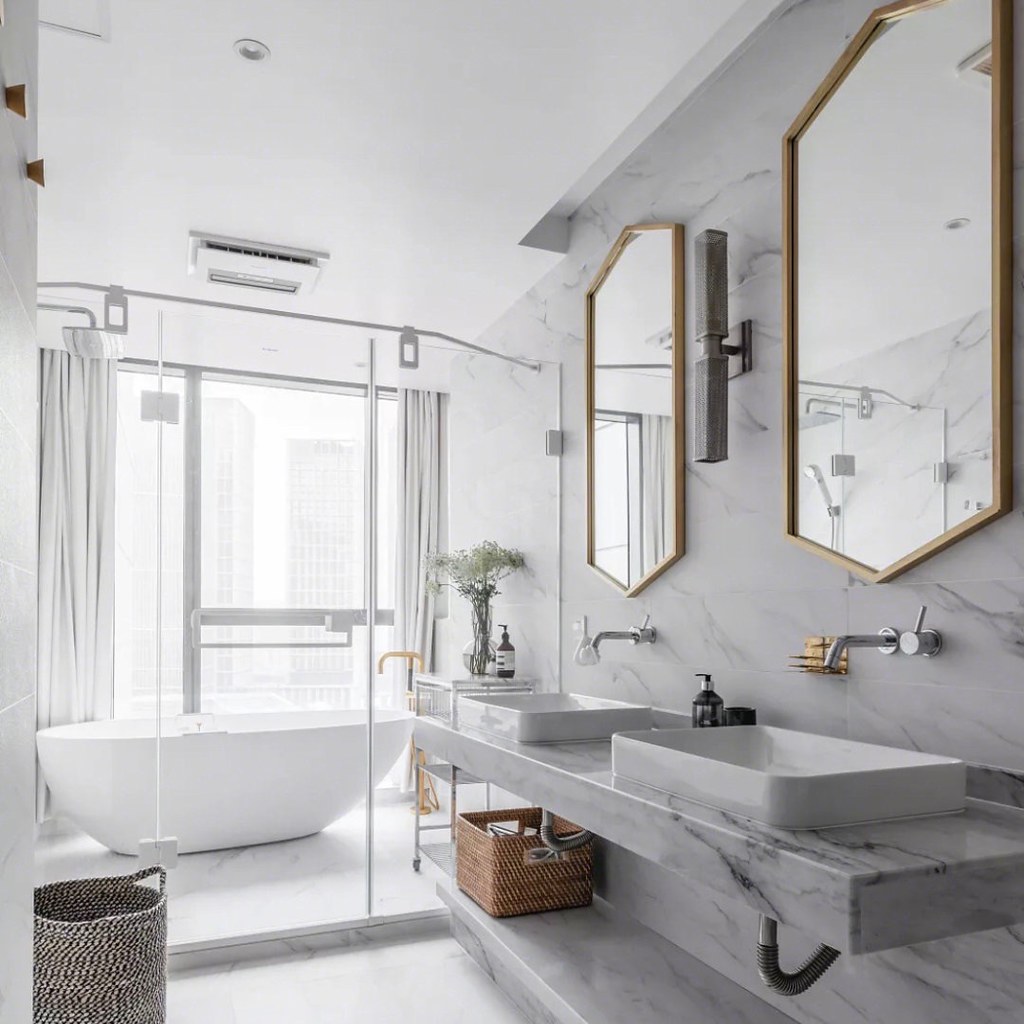
Modern bathroom construction inadvertently creates perfect ant habitats. The gaps between tiles, spaces around pipes, and areas where walls meet floors provide ideal nesting sites and travel routes. These small crevices offer protection from predators while allowing easy access to water and food sources.
The warm temperatures maintained in most bathrooms also accelerate ant metabolism and reproduction rates. Heated floors, warm pipes, and the general warmth from hot showers create a tropical microclimate that many ant species find irresistible. This explains why bathroom ant problems often intensify during colder months when ants seek warm shelter.
Common Ant Species That Love Bathrooms
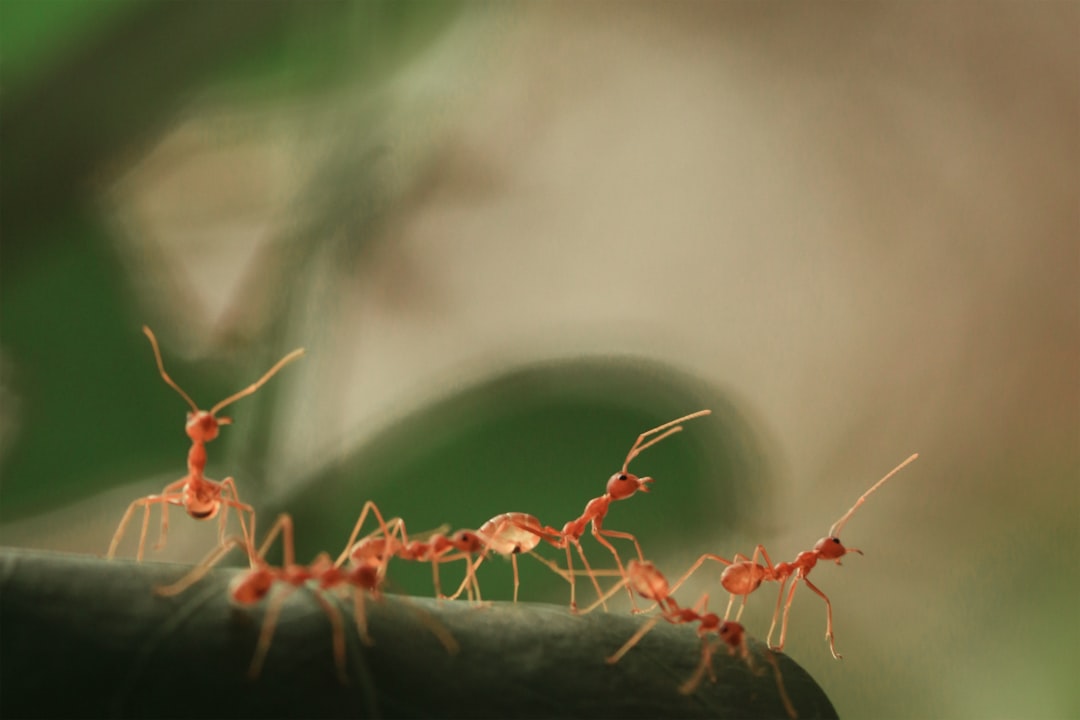
Different ant species have varying preferences for bathroom habitats. Moisture-loving species like little black ants and pavement ants are particularly drawn to bathroom environments. These species have evolved to thrive in high-humidity conditions and actively seek out water sources.
Pharaoh ants, known for their ability to survive in indoor environments, often establish satellite colonies in bathroom wall voids. Their small size allows them to exploit even the tiniest cracks and crevices. Carpenter ants, while typically associated with wood damage, may also invade bathrooms if there’s moisture damage to wooden structures or if they’re following water sources.
The Plumbing Connection

Your bathroom’s plumbing system can serve as an ant superhighway throughout your home. Pipes provide protected routes that ants can follow from room to room, with the bathroom often serving as either the starting point or final destination. Small leaks or condensation around pipes create perfect conditions for ant colonies to establish themselves.
Even properly functioning plumbing systems can attract ants through the moisture they generate. The space between walls where pipes run often maintains higher humidity levels, creating ideal conditions for ant nesting. This is why ant problems in bathrooms sometimes seem to appear suddenly – the colony may have been growing unseen within your walls for weeks or months.
Seasonal Patterns and Bathroom Invasions
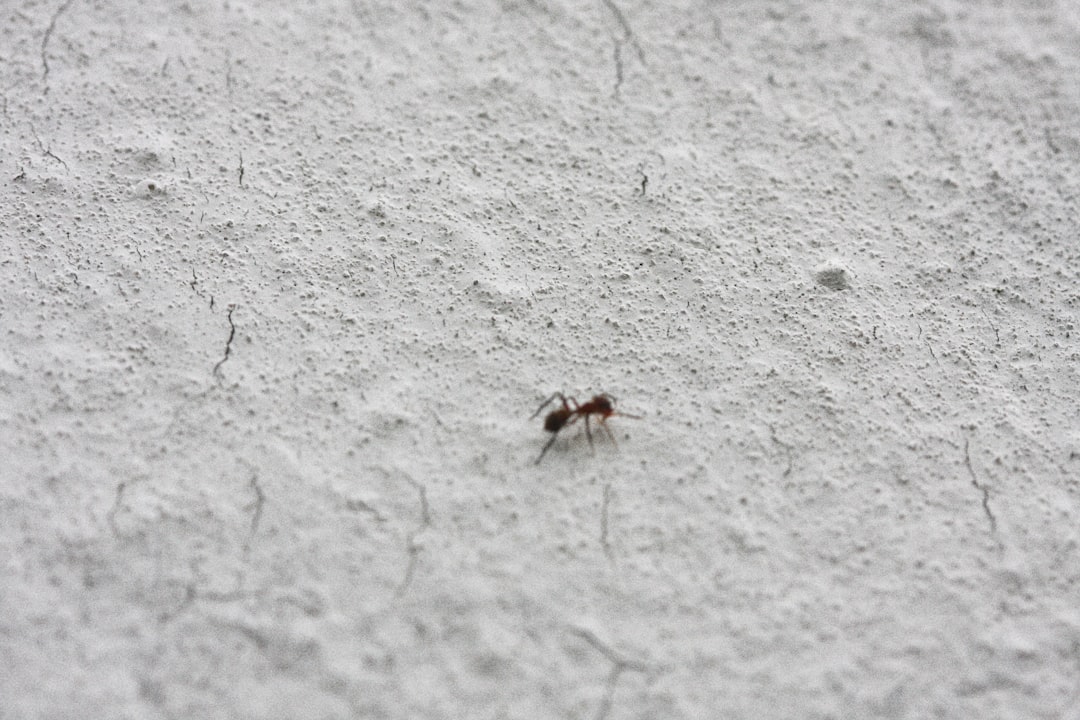
Ant activity in bathrooms often follows predictable seasonal patterns. During dry summer months, outdoor water sources may become scarce, driving ants indoors in search of moisture. Your bathroom’s consistent water availability makes it an attractive refuge during these periods.
Winter brings different challenges for ants, as cold temperatures force them to seek warm, protected environments. Bathrooms with their combination of warmth, moisture, and shelter become prime real estate for ant colonies looking to survive the cold months. Spring often sees increased activity as ant colonies expand and send out more scouts to establish new territories.
The Inspection Process: Finding Ant Entry Points
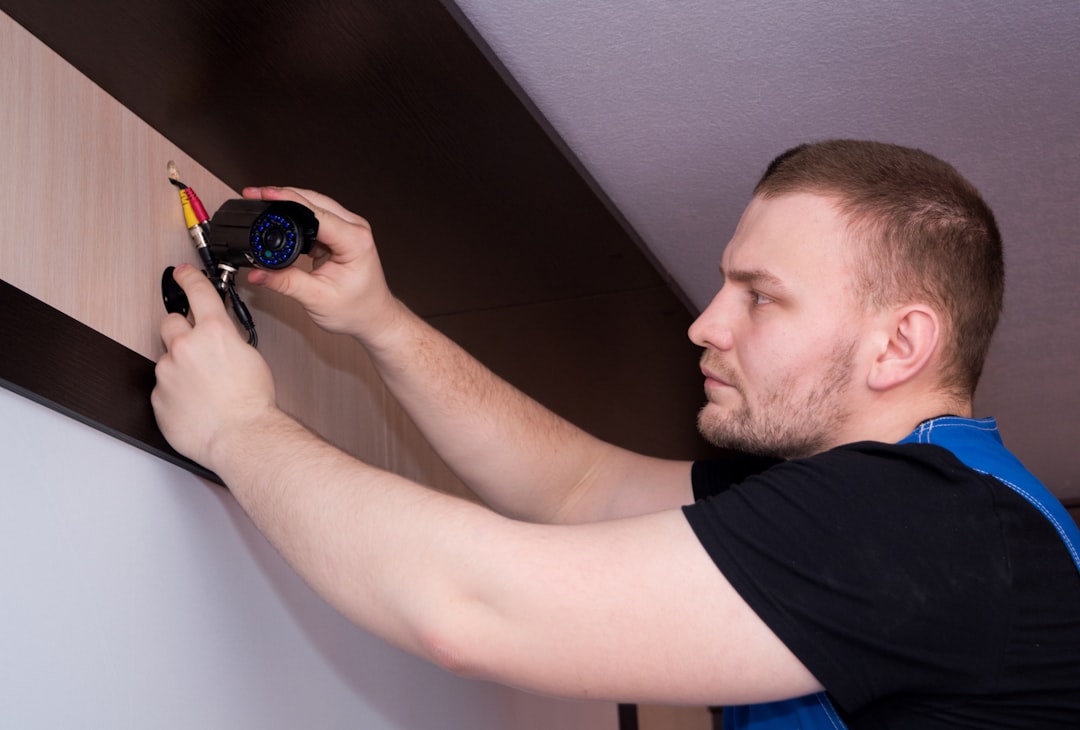
Identifying how ants are entering your bathroom is crucial for effective control. Start by examining all areas where different materials meet – the junction between tiles and walls, around pipe openings, and near door frames. These transition zones often develop small gaps that serve as ant highways.
Use a flashlight to inspect dark corners and areas behind toilets or under sinks where ants might be traveling unnoticed. Look for tiny trails of ants or even individual scouts exploring new territory. Pay special attention to areas with any moisture damage, as these spots are particularly attractive to ants and may indicate larger structural issues that need addressing.
Effective Cleaning Strategies
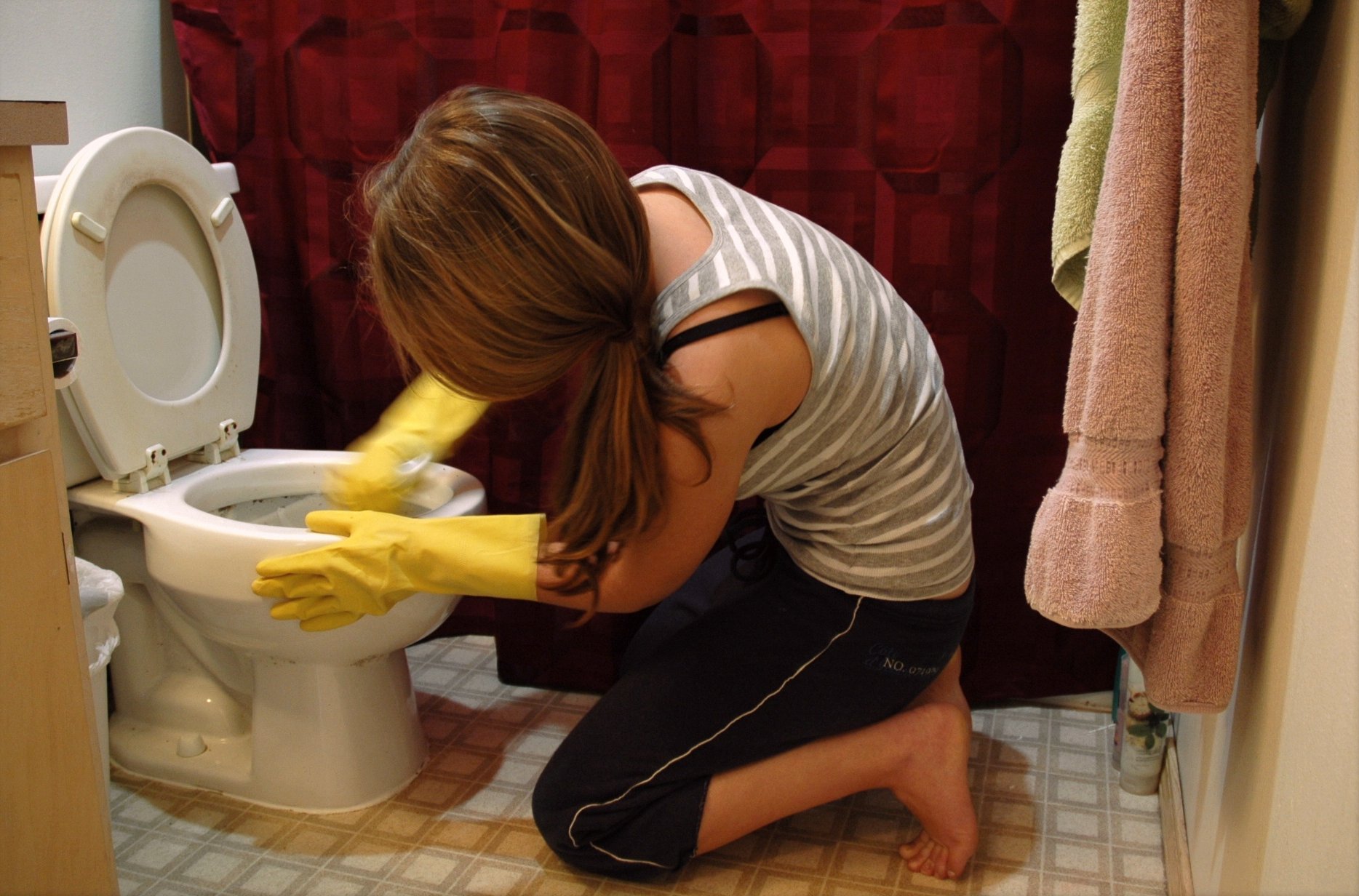
Proper cleaning is your first line of defense against bathroom ants. Regular deep cleaning removes the microscopic food sources that attract ants and disrupts their scent trails. Use a mixture of hot water and white vinegar to clean all surfaces, as the acetic acid in vinegar helps break down pheromone trails.
Focus on areas where water and organic matter accumulate – around sink bases, behind toilets, and in shower corners. Remove all traces of soap scum, hair, and other organic debris that ants might consume. Don’t forget to clean less obvious areas like the inside of towel bars, behind mirrors, and around light fixtures where dust and skin cells can accumulate.
Natural Deterrents and Prevention Methods

Several natural substances can help deter ants from your bathroom without introducing harsh chemicals into your living space. Cinnamon, peppermint oil, and coffee grounds all contain compounds that ants find repulsive. Sprinkle these natural deterrents around potential entry points and areas where you’ve seen ant activity.
Diatomaceous earth, a powder made from fossilized algae, creates a barrier that damages ant exoskeletons when they walk across it. Apply a thin line of food-grade diatomaceous earth around bathroom perimeters and entry points. Essential oils like tea tree and eucalyptus not only repel ants but also provide antimicrobial benefits for your bathroom environment.
Professional Treatment Options
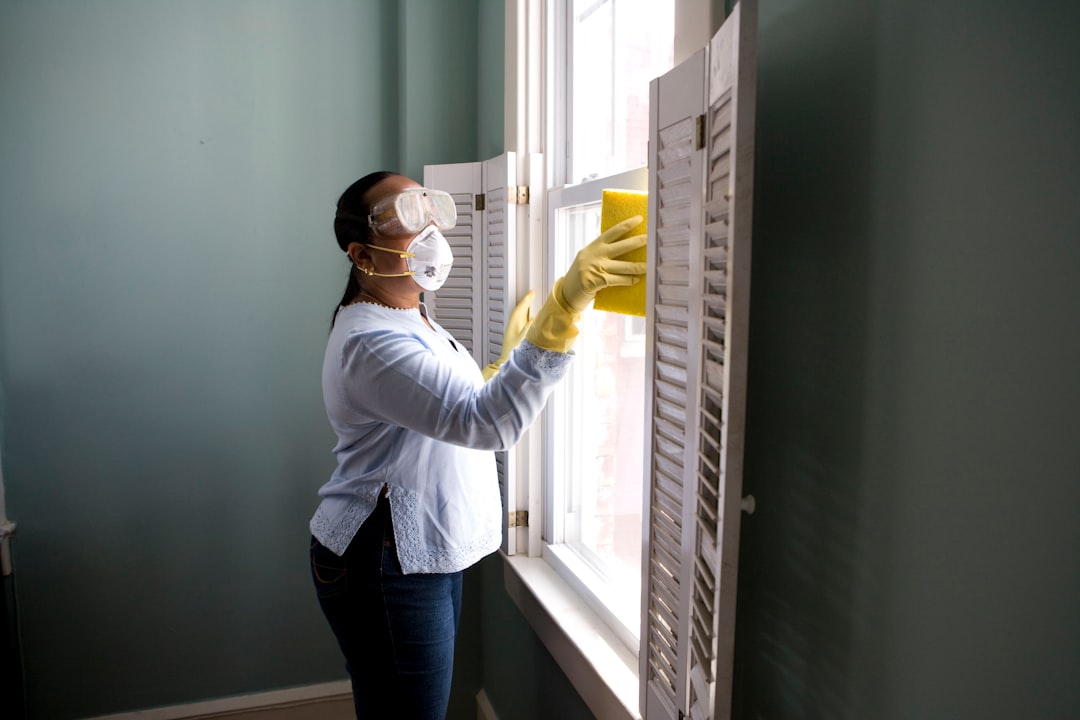
When natural methods aren’t sufficient, professional pest control treatments may be necessary. Ant baits work by attracting ants to a slow-acting poison that they carry back to their colony, eventually eliminating the entire population. This method is particularly effective because it targets the source of the problem rather than just the visible ants.
Professional exterminators can also identify and treat ant colonies that may be hidden within your walls or other inaccessible areas. They have access to specialized equipment and treatments that can eliminate established colonies more effectively than over-the-counter solutions. Regular professional maintenance can prevent future infestations by creating long-term barriers around your home’s perimeter.
Long-term Prevention Strategies
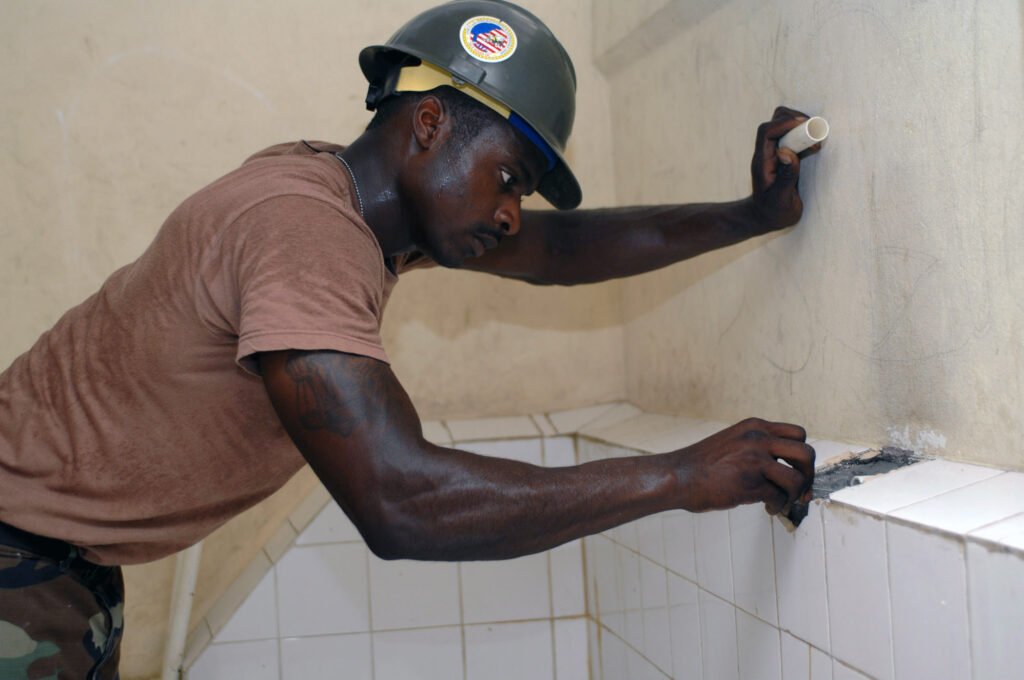
Preventing future ant invasions requires addressing the underlying conditions that attract them to your bathroom. Fix any plumbing leaks promptly, ensure proper ventilation to reduce humidity, and seal cracks and crevices where ants might enter. Installing or improving bathroom exhaust fans can significantly reduce the moisture that attracts ants.
Regular maintenance of bathroom fixtures and surfaces helps prevent the accumulation of organic matter that feeds ant colonies. Consider upgrading to moisture-resistant materials in areas prone to water damage, and ensure proper caulking around tubs, showers, and sinks. These preventive measures not only discourage ants but also protect your bathroom from more serious moisture-related problems.
Conclusion
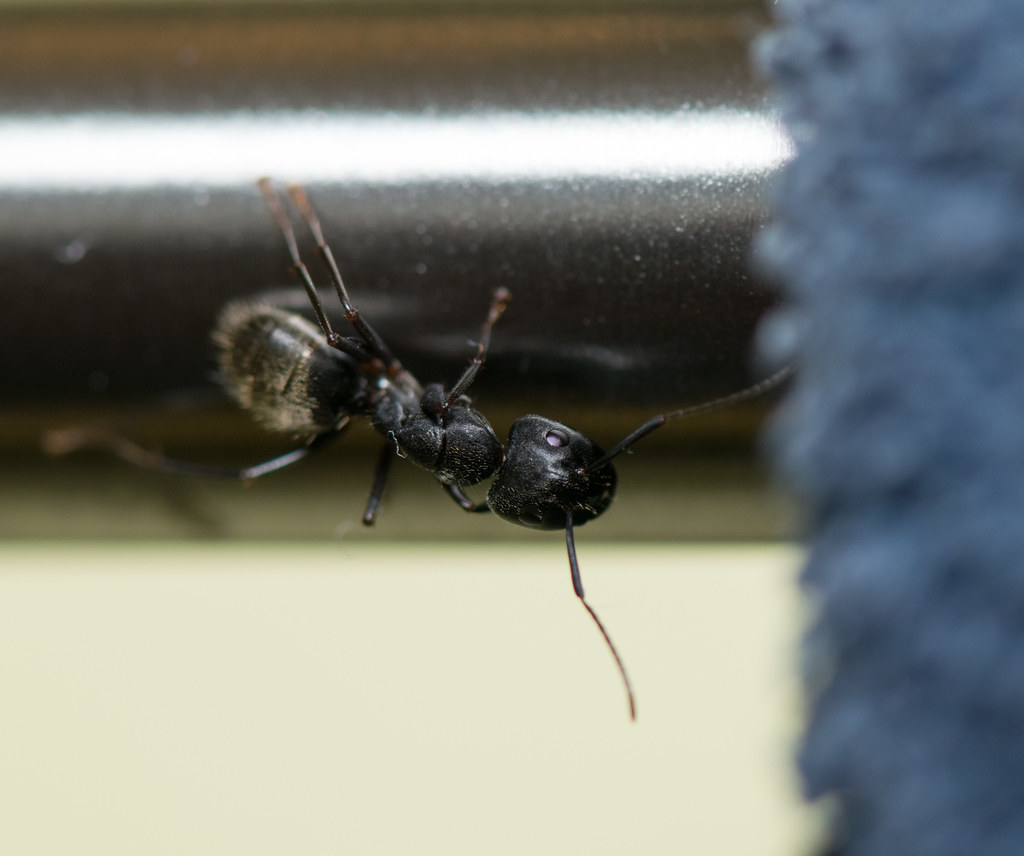
Understanding why ants invade bathrooms reveals the sophisticated survival strategies these tiny creatures employ. They’re not random intruders but rather intelligent opportunists seeking the water, warmth, and shelter that bathrooms naturally provide. By addressing the root causes – moisture, food sources, and entry points – you can effectively eliminate current infestations and prevent future invasions.
The key to successful ant control lies in thinking like an ant: identifying what attracts them and systematically removing those attractions. Whether through improved cleaning routines, natural deterrents, or professional treatments, the goal is creating an environment that no longer meets their survival needs. Remember, persistence is crucial – ant colonies are resilient, and effective control often requires sustained effort over time.
Have you checked your bathroom for those tiny moisture spots that might be sending out dinner invitations to the ant kingdom?

